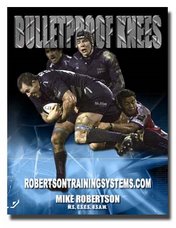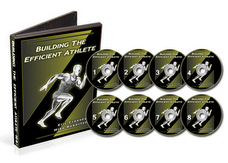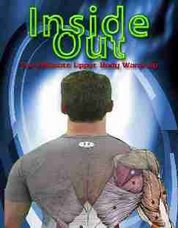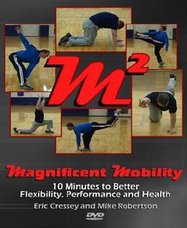This is another topic that I frequently get questions on
Our goal, quite simply, should be to have a neutral spinal alignment. Now keep in mind that’s now straight up and down, just “neutral.” Simple, isn’t it? I’d love to give you an exact definition, but this is something that even the “experts” disagree on. Needless to say, everyone should have a slight lordosis in their lower back, and a slight kyphosis in their upper back.
In most sports, and even more specifically weight training, we see an excessive curvature in the lower back, or an excessive lordosis. This increased lordosis quite often leads to back pain, as the opposing musculature such as the external obliques and rectus abdominus are lengthened and weak. You’ll often see this excessive lordosis paired with some degree of anterior pelvic tilt. Once we start to slip into this posture, our low back muscles are really our only option with regards to stabilizing loads in exercises like squats, deadlifts, etc.
In my Core Training for Smart Folks article I discuss the need to train the external obliques and the rectus abdominus for stability vs. movement. We need to get them stronger in isolation first, so they can then help us produce stability and optimize low back/pelvic alignment. The goal is, first and foremost, to achieve optimal alignment in static posture – if it’s not right here, it won’t be right when you start producing movement!
Once you’ve achieved appropriate spinal/pelvic alignment statically, you then need to start reproducing that during weight training movements. Static and dynamic alignment are not one and the same, either; once we start moving stiffness can change the entire ball game. And, quite frankly, that’s more of an article and not a blog post!
So here’s the deal – if you’re excessively lordotic and/or in anterior tilt, start working to bring up your core strength/stability via rectus abdominus and external oblique drills. Static stretching of the hip flexors and quads will help, too. Improve your static alignment, and by that time I should have some more food for thought!
Stay strong
MR
High Octane Corrective Exercise and Performance Enhancement | www.RobertsonTrainingSystems.com
Wednesday, September 19, 2007
Subscribe to:
Post Comments (Atom)









No comments:
Post a Comment